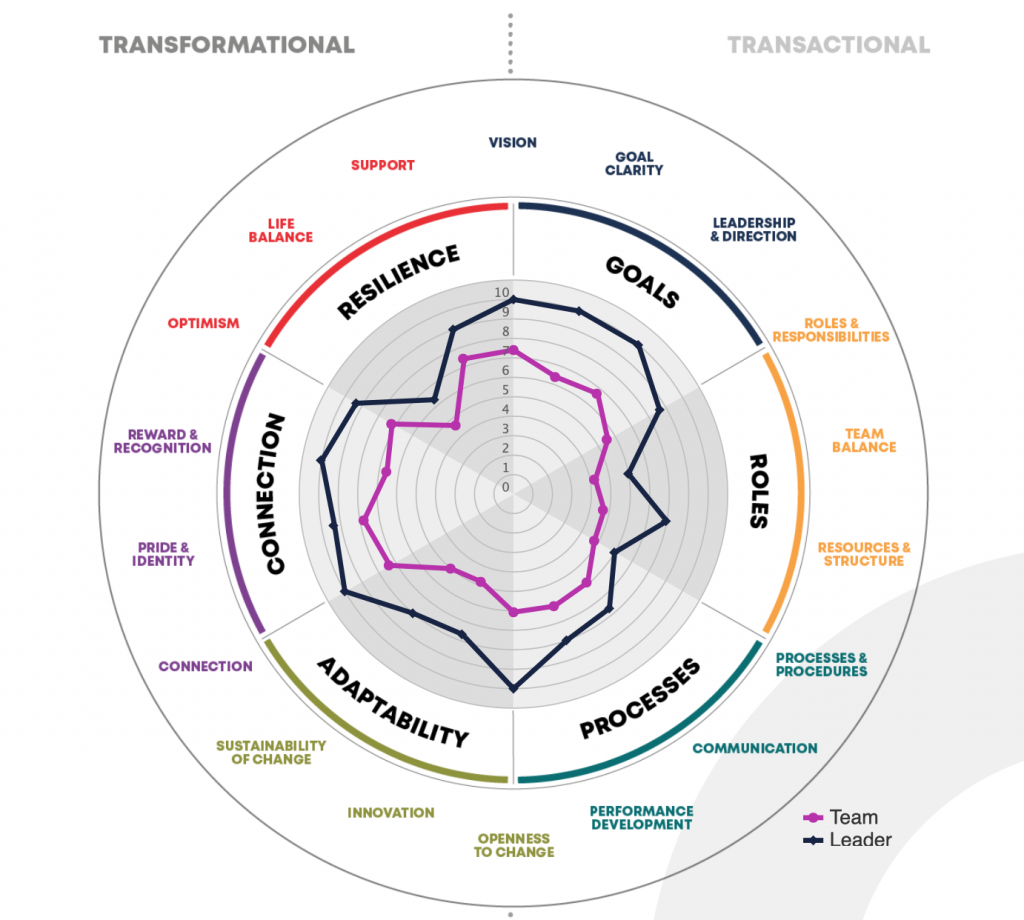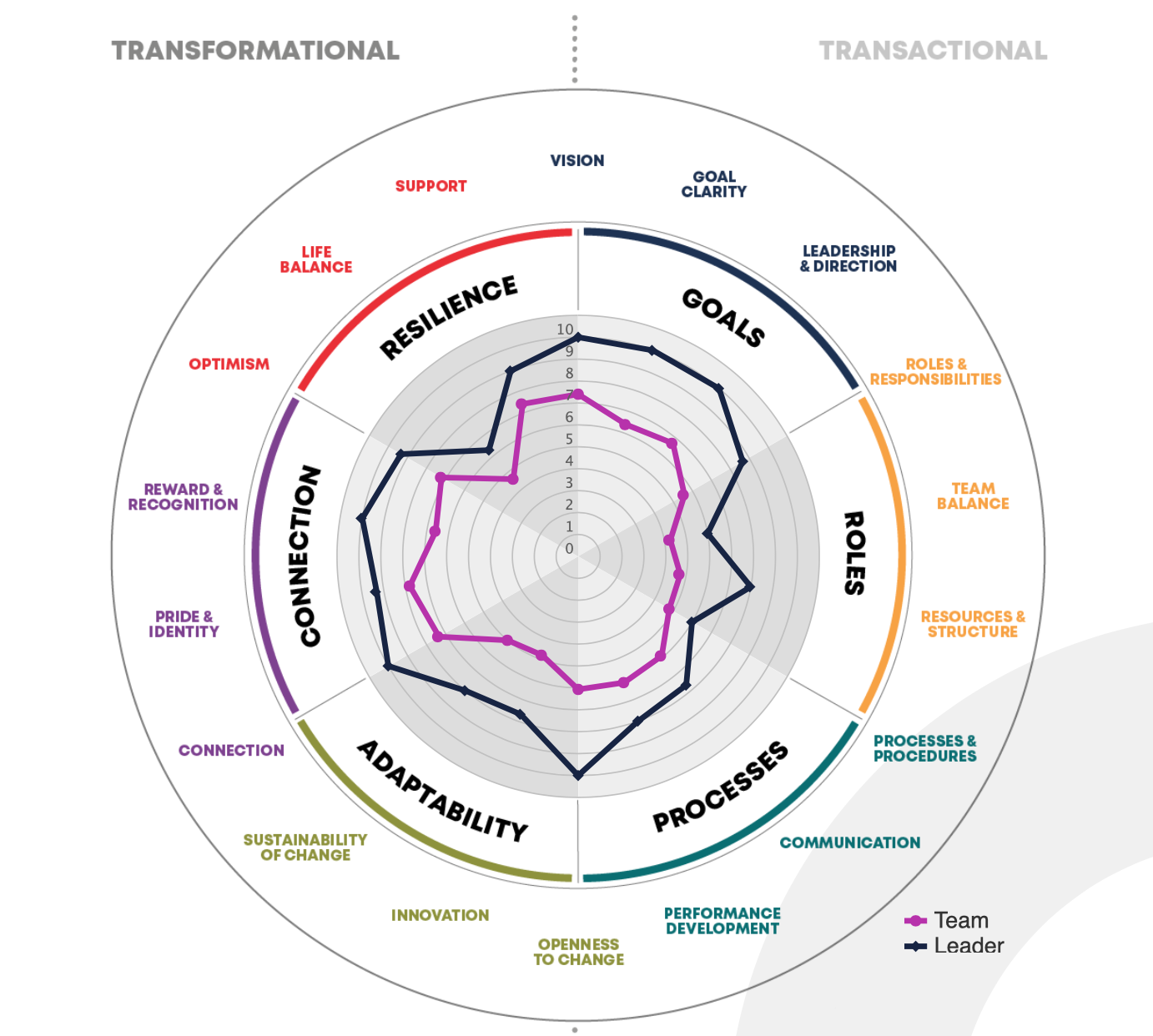In recent years, most businesses have recognised that culture is as important as strategy. However, although culture should be consistent across their organisations, many leadership teams note that some of their teams are consistently less productive than others and have a very different ‘mood’ or atmosphere. This blog explores the reasons for this and outlines a data-led approach to measuring and understanding these differences and improving team performance.
Introducing team climate
Although it’s never specified in their job description, each team leader is responsible for developing the ‘climate’ of their team.
In a healthy climate, the team leader ensures that team members are primed for success. They empower their team members, encourage them and ensure that they understand how important they are to the future success of the company. As a result, team members find work enjoyable and rewarding, making them more likely to put in the effort needed to achieve or exceed expectations. In an unhealthy climate, a lack of transparency, communication or trust results in the team feeling demotivated and disengaged. Micromanagement only exacerbates the situation.
By giving your team leaders objective insight into the unique climate of their team, you make it easier for them to own and improve their performance. This can result in enhanced productivity, innovation and loyalty.
Simple yet effective ways to measure climate
To measure a climate effectively, we use a range of techniques and metrics to assess both ‘transactional’ and ‘transformational’ team and leadership performance, utilising the Performance Climate System tool.
Transactional measurements serve to create structure or definition for a team. To analyse transactional performance, we ask the team leader and all team members to consider:
• Goals – does the team have a vision and targets?
• Roles – does the team have the right people with the strengths and capabilities needed?
• Processes – does the team have robust processes which ensure consistency?
Transformational measurements are about taking a functioning team, turning them into a high performing team and sustaining that performance over time. Again, we gather feedback from the whole team to help us ascertain:
• Adaptability – does the team have the ability to flex and innovate?
• Connection – does the team have a healthy network of relationships?
• Resilience – does the team’s working practices and behaviour enable long-term success?
Results are collated and displayed on a Climate Circle graphic, as shown below. This enables team leaders and the company’s management team to quickly understand the team climate. By mapping the team’s results against the leader’s own scores, we highlight areas of both alignment and disconnect and help to create a plan for improvement.

Copyright Performance Climate Systems Ltd 2021
Reading the circle
The climate circle begins with ‘vision’. If a leader fails to communicate the business’s vision, it’s impossible for employees to understand the role they play in the company’s success. From vision, we proceed clockwise around the circle. If improvements are needed, we recommend that they are carried out in the same clockwise manner.
In conclusion
Leadership performance can be a very emotive subject. This climate scoring technique provides an objective, non-confrontational and supportive way to enable leaders to take responsibility for improving their own, and their team’s, performance.
For more information and to find out how you can measure and improve both climate and culture, please contact us at hello@tribuspeople.co.uk
